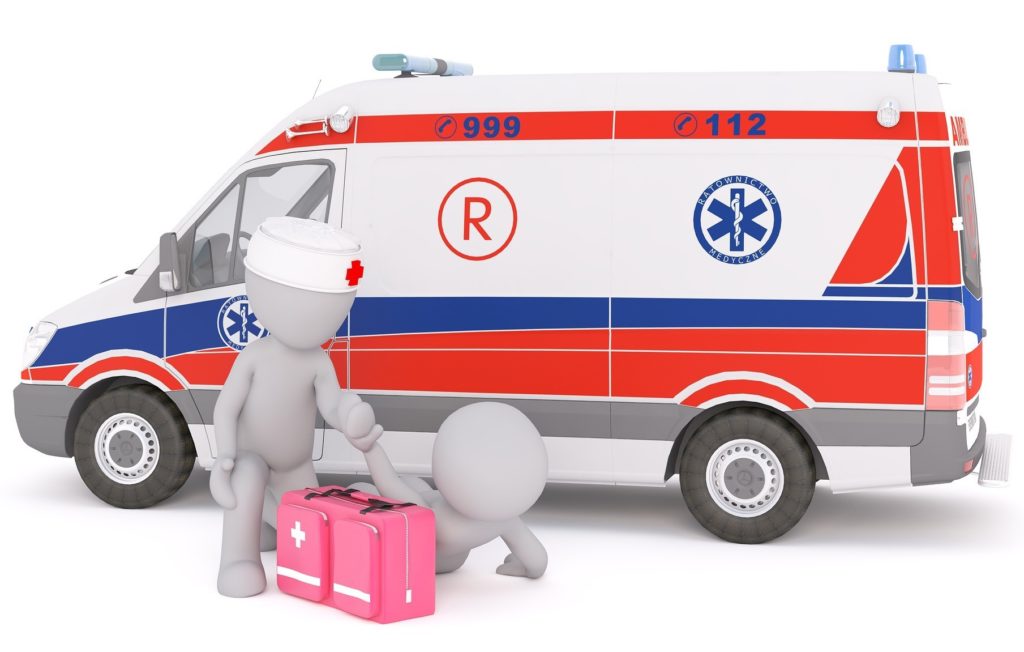A Complete Guide to Personal Injury for Employees
Workplace injuries are unforeseen, with workers caught off guard by injuries, financial anxiety, and uncertainty. Being aware of the correct actions in case of an occurrence will make recovery easier and create long-term health. This briefing emphasizes five essential takeaways that every employee should know when handling a personal injury claim, which involve health, evidence, legal rights, and overall preparedness.
Hire Skilled Legal Representation
Personal injury law can be complex, and employees lack the same competence in handling it effectively. Hiring a competent lawyer ensures workers’ rights are preserved throughout the claims process. Lawyers know the intricacies of liability, insurance negotiation, and compensation assessment, which can be problematic for others in their absence. Professional legal advice also provides one with confidence during nervous proceedings. Lawyers do their best to drive fair settlements and, as a last option, represent clients in courts. Hiring an expert lawyer who wins most cases related to workplace injury is one of the smartest steps employees can take towards obtaining justice.
Report the Incident Immediately
Workers should report to the employer immediately after an accident, preferably in writing. Timely reporting makes a clear record of the incident, less likely to be disputed in the future. It is typical for most organizations to have formal reporting procedures for work-related accidents, including the filing of accident reports and reporting to supervisors. Not following this procedure can taint the validity of a case. In addition, early reporting stresses responsibility and helps prevent other employees from being exposed to the same risks. Reporting through the right channels depicts responsibility while preserving indispensable information about the incident.
Seek Prompt Medical Assistance
The most critical thing one can do after being injured at work is to get immediate medical attention. Even small injuries may become fatal if one waits. Going to a medical expert ensures proper reporting and also strengthens any future claims. Delaying getting emergency or follow-up treatment is not recommended since it indicates a lack of concern about one’s well-being. It is also wise to invest in a reliable independent medical examination to establish an unbiased record of the injury’s extent. Proper medical reports are a basis for treatment and for possible claims for compensation.
Document Evidence Thoroughly
Evidence documentation can significantly influence the decision of a personal injury claim. Copies of medical bills, photographs of the accident location, information regarding witnesses, and communications with management should be retained by the employer. Such evidence strengthens the claim as it quantifies the full extent of the injury in terms of physical damage and monetary loss. Systematic records facilitate legal professionals to make stronger arguments while preventing timing discrepancies. Consistency in evidence collection is crucial since it lessens reliance on memory alone. A documented case is easier to understand and is credible, giving employees an upper hand during negotiations.
Prioritize Long-Term Well-Being
Recovery from a work-related injury extends beyond short-term treatment and monetary compensation. Workers must prioritize rehabilitation, emotional counseling, and ongoing management of health. In some cases, injuries may alter career paths or require retraining for other occupations. Counseling, vocational rehabilitation, or financial planning assistance can facilitate transition. A positive attitude encourages resilience and avoids further setbacks from dominating future efforts. Finally, emphasizing overall wellness guarantees that employees find stability again while shifting to new conditions.
Conclusion
All in all, injury in the workplace can be overwhelming, but through organized action, workers can be back in control. Extended medical care, reporting the incident, documenting the evidence, receiving competent legal representation, and focusing on long-term health are key steps. Through educated, active decisions, employees can protect rights, receive rightful claims, and reclaim self-confidence following an accident. This guide is a foundation for breaking through barriers when health and future security are still of utmost priority.


One thought on “A Complete Guide to Personal Injury for Employees”